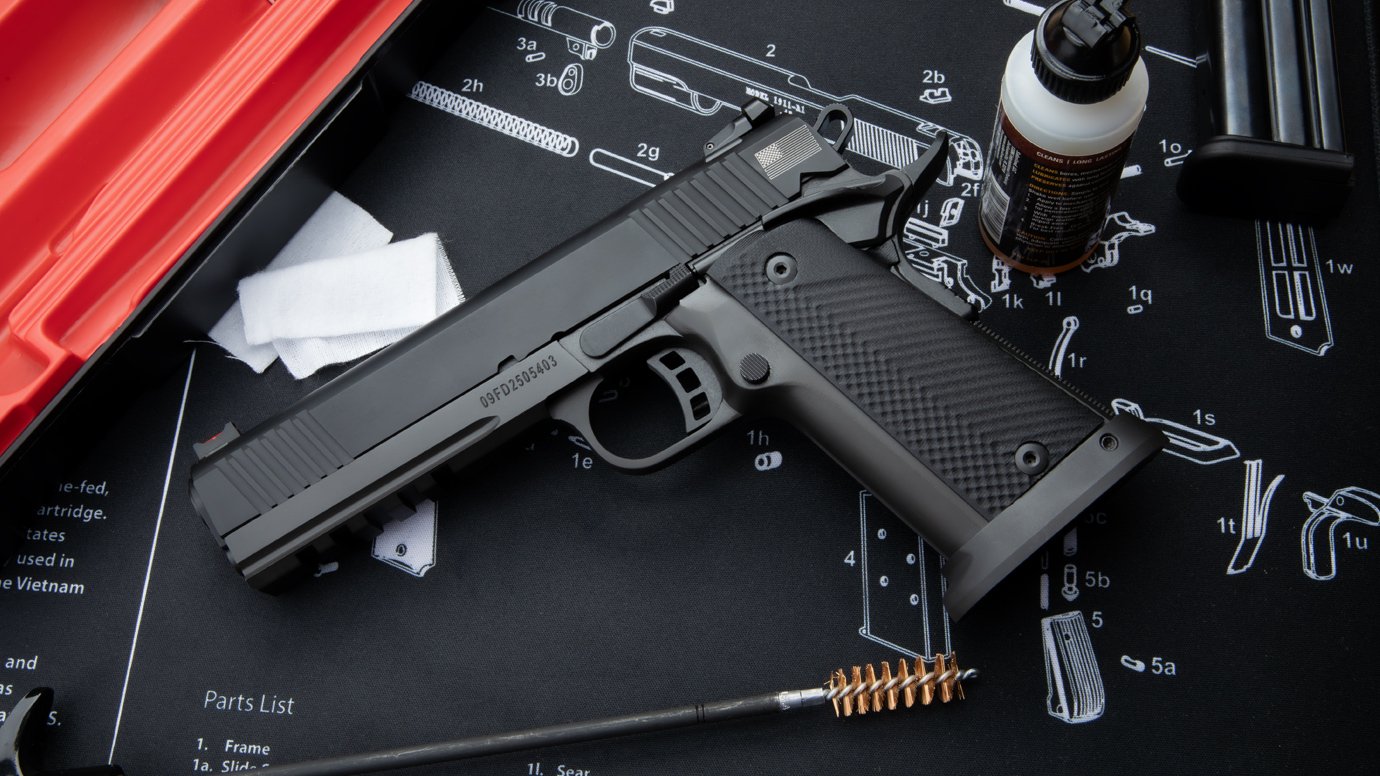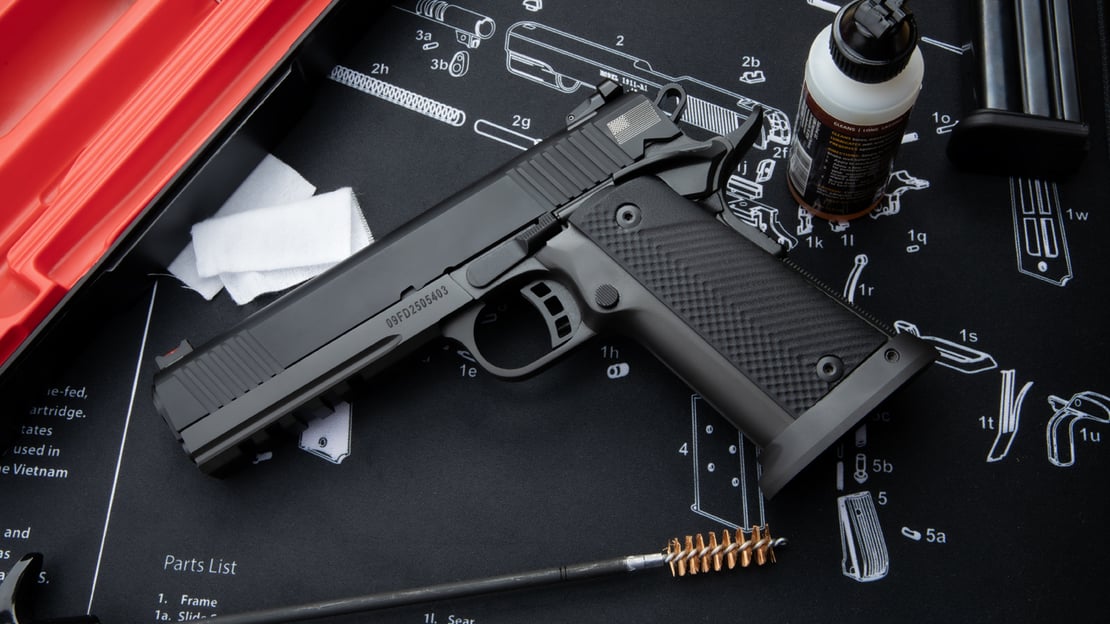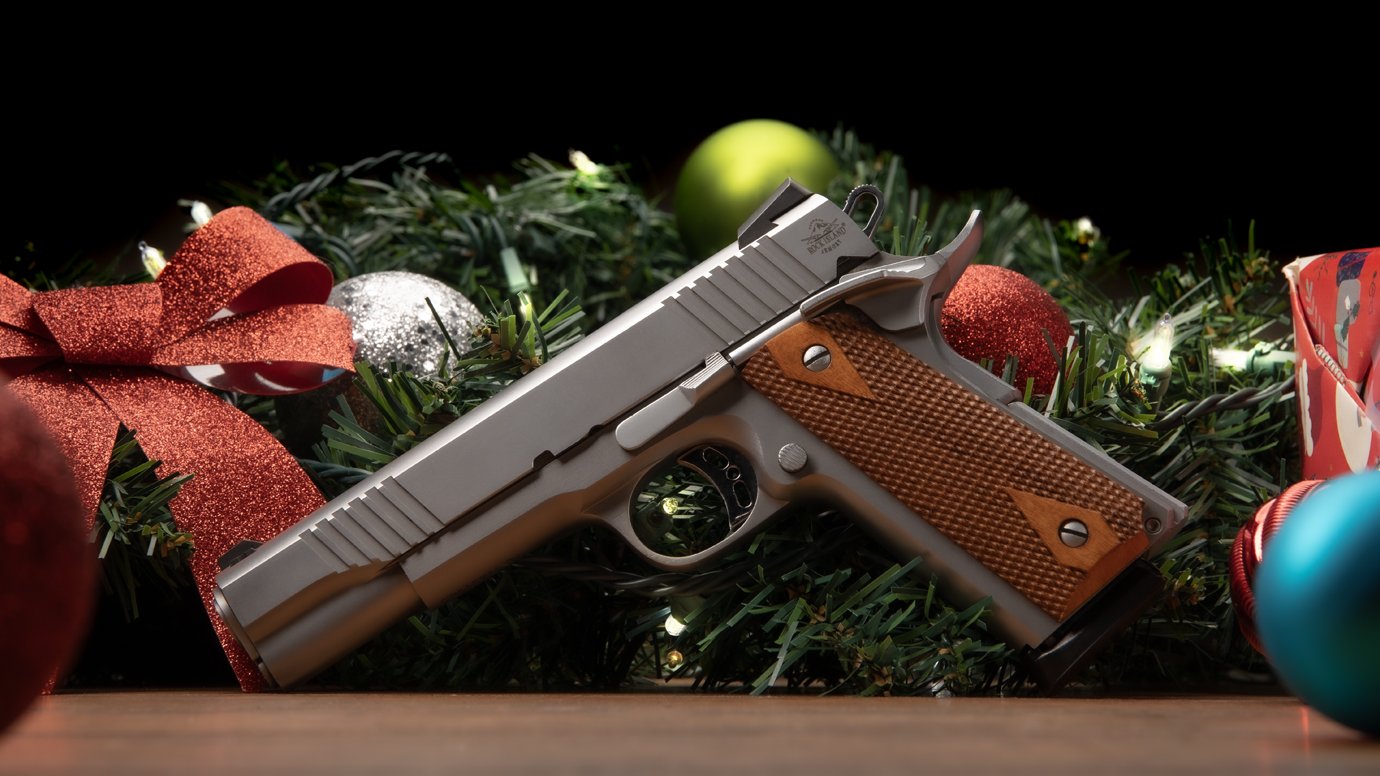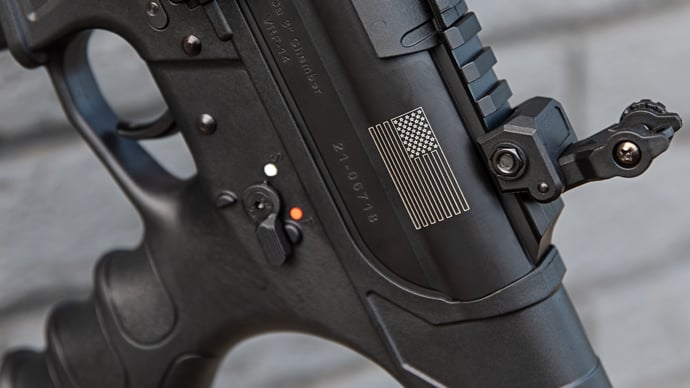Handgun Ammo Guide: 9mm, 10mm, .45 & More
Posted by Team Armscor on Jul 1, 2025 12 Minute Read

Once you’ve grasped how caliber works and what makes bullets behave the way they do, it’s time to get familiar with the ammo choices you’re most likely to encounter in stores — and on the range.

It’s time to break down the advantages and disadvantages of today’s most common handgun calibers with Armscor’s expert, John McClain, and get some advice from him.
Did you miss our beginner's guide to handgun ammo?
Learn about handgun ammo's different acronyms, calibers, types of ignition and more.
3 Pieces of Starting Advice
1. Don’t just try one brand and assume every bullet of that caliber will fit. As John said, “Every single one of those bullets has a little bit of a different profile... and I’ve seen guns that will run certain types no problem — but choke on others.”
2. If you try one type of a bullet caliber, whether it’s FMJ or JHP, don’t assume the other type will work in your specific gun. Try them all and see which is best. Sure you can and should try FMJ as a training round, but always practice some shots with the round you actually plan to carry as well to ensure it shoots well for you.
3. Don’t just get one box to carry with you. Get enough to get your shots down. As John explained, “Buy a couple boxes with the intention of shooting them. Make sure your gun actually likes that brand of ammo.”
9mm: The Versatile Fan Favorite

If you only learn one caliber, make it the 9mm. The reigning king of handgun calibers, 9mm is known for its affordability, reliability and balanced performance. It also has a wide range of uses.
“It’s probably the most popular,” John said. “It’s one of the most affordable when buying in bulk — or even just in general — and it’s the most produced.”
That widespread availability makes it a favorite for beginners, experienced shooters and concealed carriers alike. You’ll also find nearly every bullet style in 9mm — from full metal jacket (FMJ) to hollow points and specialty rounds.

.380 acp: smaller case, higher cost

This round may look like a 9mm, but it doesn’t perform the same — and even costs more.
“All it is, is a 9mm bullet in a shorter case,” John said.
That smaller case means less powder, resulting in lighter recoil but also less velocity and energy on impact.
“People used to choose .380 for concealed carry because of lower recoil,” he explained. “But if you can handle a .380, you can probably handle a 9mm — and 9mm gives you better performance and lower cost.”
.45 ACP: Heavy, Slow and Proven

Known for its weight and historical legacy, the .45 ACP is often chosen for its “old school” punch.
While it delivers strong recoil, it’s not necessarily fast.
“It’s a slow-moving bullet,” he said. “It’s typically subsonic, which makes it great for suppressed shooting because you don’t get the supersonic crack — just the boom of the firearm.”
Manufacturers continue to produce .45 ACP in full metal jacket (FMJ) and defensive loads like hollow point, and despite its heft, many shooters swear by its stopping ability and classic feel.

It's still widely available, especially for 1911 enthusiasts, but expect fewer rounds per magazine than with smaller calibers.
Check Out Our Ballistics Showdown — 10 mm vs .45
Which one is the right choice? Check out the details.
10mm: The Wilderness Wingman

Gaining popularity fast, 10mm offers a step up in velocity and energy for those needing something with more punch. This is an especially good choice for those looking to defend themselves from animals.
“It bridges the gap between the shortcomings of 9mm and .45,” John said. “It’s got more mass and more velocity — especially for outdoorsmen dealing with bears or mountain lions.”
A typical 10mm load is around 180 grains — substantially more than the standard 115- to 124-grain 9mm loads. Additionally, in a single-stack magazine, 10mm may even allow one or two extra rounds over .45 ACP due to its slightly smaller diameter. It’s also available in both self-defense and hunting loads.
.40 S&w: once popular, now outpaced

.40 Smith & Wesson was once a favorite among law enforcement. Not anymore.
“It was originally meant to bridge the gap between 9mm and .45 ACP,” John explained. “The FBI adopted it because they wanted more velocity and capacity than .45 — but didn’t think 9mm was enough.”
Today, many are switching to 9mm or 10mm. In terms of size and capacity, 10mm performs better across the board — often at the same or lower cost.
“You get the same number of rounds in a mag, but 10mm offers more velocity,” John added.
Final Thoughts: Caliber is Personal
Every round is unique and has its own pros and cons. The “best” option depends on your priorities and what you can handle physically. Whether it’s affordability, recoil management or usability, there’s a round for your needs.
No matter what you choose, consider this.
“Find what fits your needs, your platform and your budget — and test it through your specific gun,” John advised.






